Best Paper for Pastels
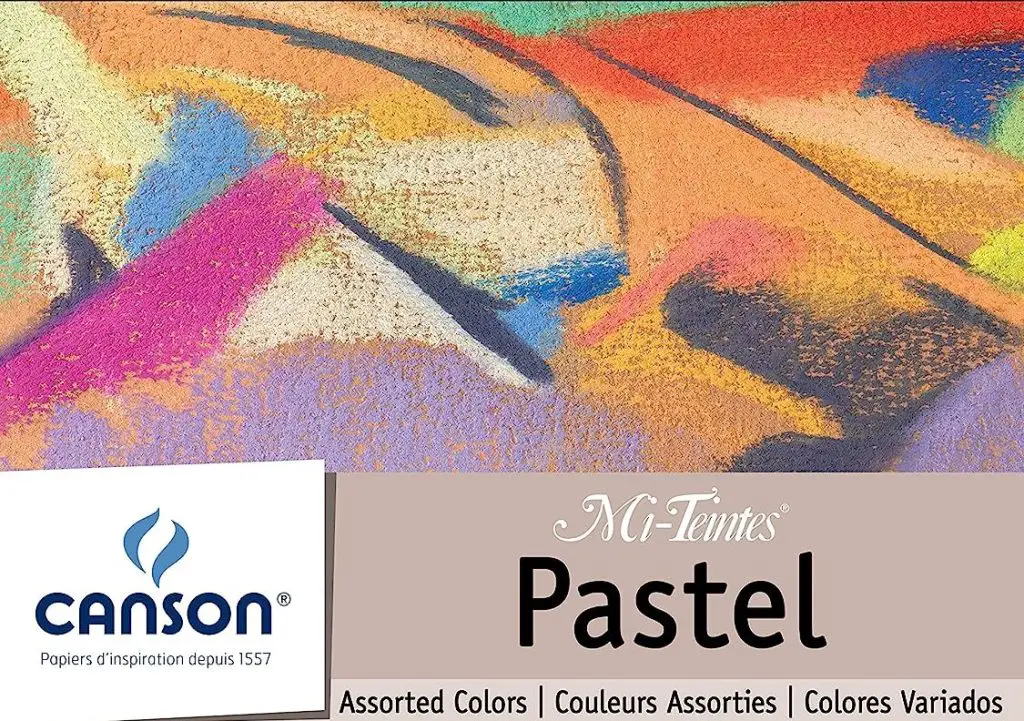
Are you tired of your soft pastel artwork not turning out as vibrant and beautiful as you imagined? Look no further!
Choosing the right paper is just as important as choosing the right pastels. That’s why we’ve compiled a list of the top 5 best paper for soft pastels to help take your artwork to the next level.
Whether you’re a professional artist or a hobbyist, these top choices will bring your pastel creations to life. So, let’s dive in and discover the perfect paper for your soft pastels!
Key Takeaways
Table of Contents
Understanding Soft Pastel Paper: Factors to Consider
Choosing the right paper for soft pastels can make a significant difference in the quality and longevity of your artwork. Here are some key factors to consider when selecting the perfect paper:
– Texture of the Paper
The texture of the paper is a crucial factor in holding the pastel particles and allowing for layering. A paper’s surface can range from smooth to rough, and the tooth or texture of the paper can be fine or coarse.
Generally, the rougher the surface, the more pastel it can hold. A sanded pastel paper offers the most tooth for pastel application and can hold multiple layers of pastel.
– Type of Paper
Different paper types are available for soft pastels, including drawing paper, sanded pastel paper, and pastel board.
Each paper has a unique texture and tooth that will influence your artwork’s final look and feel.
For example, a pastel board is a rigid support with a sanded surface that is ideal for detailed pastel work, while UART pastel paper offers a range of grits to suit a variety of styles.
– Type of Pastel
The type of pastel you use will also affect the type of paper you need. Soft pastels work best on sanded pastel paper, while hard pastels or oil pastels may work better on smooth surfaces.
– Pastel Colors and Layers
The color and the number of layers you plan to use are other factors to consider when choosing your paper.
Some papers may work better with certain colors or multiple layers, while others may not. Experimenting with different papers can help you find the perfect match for your style and technique.
– Overall Look and Feel
The texture and surface of the paper can significantly impact how the finished artwork looks and feels. Choosing a paper that complements your artistic vision is essential.
Whether you prefer a smooth or textured finish or a light or dark paper, the right paper can enhance the vibrancy and depth of your pastel painting.
Choosing the best paper for your soft pastels involves considering several critical factors. The right texture, type of paper, and surface can make all the difference in your artwork’s final look and feel.
By taking the time to experiment with different papers, you can find the perfect match for your unique style and technique.
1. Art Spectrum Colourfix:
The Top Choice for Soft Pastels
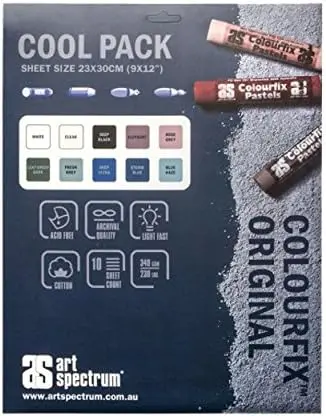
If you’re looking for the best pastel paper for your soft pastels, Art Spectrum Colourfix is a top choice among professional artists and hobbyists.
One of the things that sets Art Spectrum Colourfix apart from other pastel papers is its sanded surface, which provides excellent tooth for pastel application.
This means that the pastel particles adhere well to the paper, allowing multiple pastel layers to be applied and blended without the risk of smudging or flaking.
Art Spectrum Colourfix is available in a wide range of colors, making it easy to find the perfect shade to enhance your pastel work.
Its versatility and durability make it popular for artists who enjoy working with other media, such as acrylics or watercolors.
When using Art Spectrum Colourfix for your soft pastels, it’s important to pay attention to the texture of the paper.
The sanded surface can sometimes make it challenging to create fine details, so it’s best suited for larger, more expressive works.
However, it can be a great choice for creating textured or abstract pieces, as the surface can help create interesting effects with pastel colors.
Overall, Art Spectrum Colourfix is a top-quality option for artists seeking the best paper for soft pastels.
Its unique tooth, texture, and range of colors make it a versatile and reliable choice for all your pastel artwork needs.
2. Watercolor Paper:
A Versatile Alternative for Soft Pastels
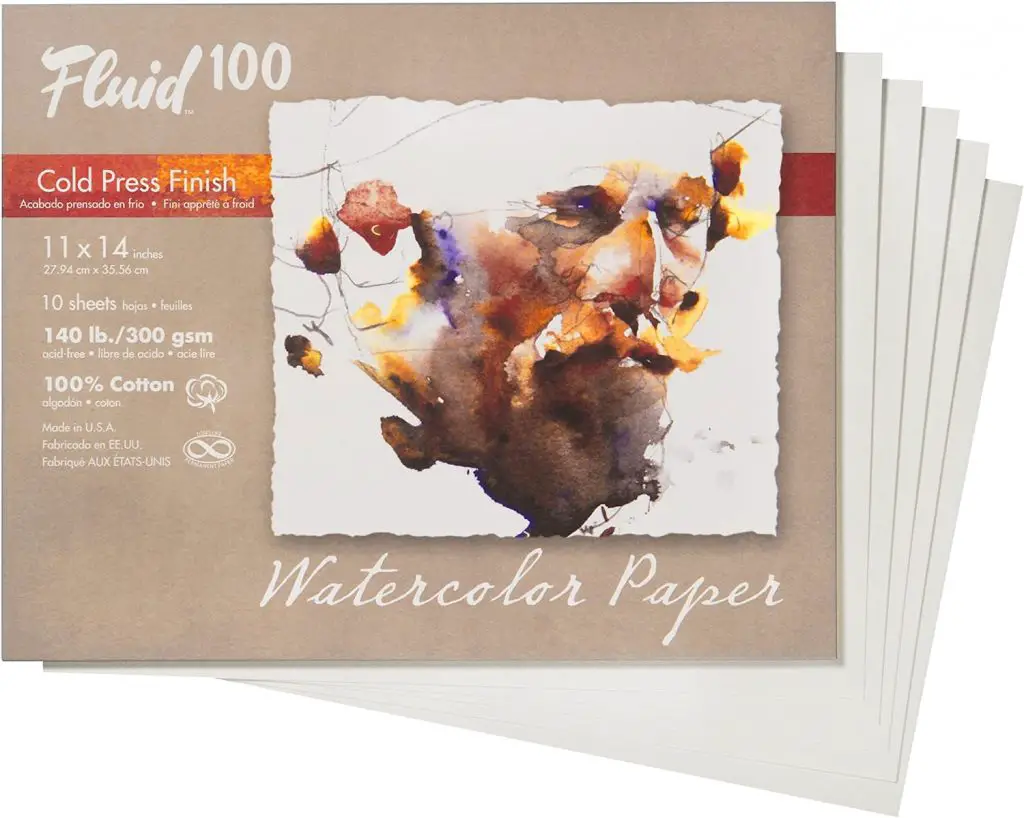
Watercolor paper is often considered a versatile choice for artists due to its ability to handle wet and dry media. Regarding soft pastels, watercolor paper offers a unique surface that can produce interesting results.
The texture of watercolor paper is a bit different from traditional pastel paper, but it still provides enough tooth to hold the pastel pigment.
The surface can create a slightly grainy or bumpy effect that adds depth to your pastel work.
One of the advantages of using watercolor paper for soft pastels is its versatility. This paper can handle different pastels, including oil and hard pastels.
It’s an excellent option for artists experimenting with different media in their pastel work.
When working with watercolor paper, it’s important to layer the pastel pigment to achieve the desired depth and richness in your artwork.
The texture of the paper can make blending and layering a bit more challenging, but it can also create a unique effect that is not possible on other types of paper.
In conclusion, watercolor paper is a great alternative for soft pastels if you want a versatile surface that can handle different media.
The texture of the paper can produce interesting results, and it’s perfect for artists who want to experiment with new techniques.
3. Pastel Card:
A Smooth Surface for Soft Pastels
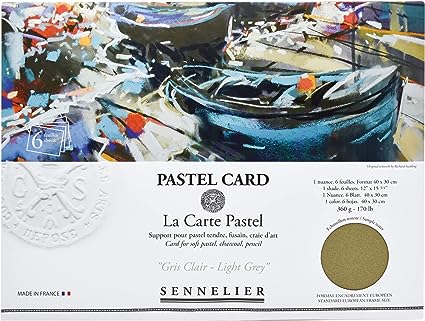
A pastel card might be the perfect paper if you’re looking for a smooth surface that allows for easy blending and layering of pastel colors.
This type of paper is often preferred by artists who enjoy creating highly detailed pastel works.
Pastel card is known for its smooth surface, which makes it easy to achieve a flawless finish. It allows for creating highly detailed pastel work, such as portraits and still life pieces.
The paper’s smooth surface is perfect for blending and layering pastel colors. Pastel card is available in various colors, allowing artists to choose the perfect backdrop for their artwork.
When working with pastel cards, choosing the right pastel type is important. Soft pastels work well on this type of paper, but oil and hard pastels also don’t adhere.
To achieve depth and richness in your artwork, it’s essential to layer pastel colors on pastel cards. This technique allows you to build up the layers of pastel and achieve a sense of depth and texture in your work.
Consider trying a pastel card if you’re looking for a smooth surface for your pastel artwork.
Its flawless finish and easy blending capabilities make it a top choice for artists who want to create highly detailed and polished pastel pieces.
Ingres Paper and Velour Paper:
Unique Choices for Soft Pastels
Consider using Ingres or velour paper if you want a unique surface for your soft pastel artwork. These papers offer distinctive textures that can add depth and interest to your piece.
4. Ingres Paper
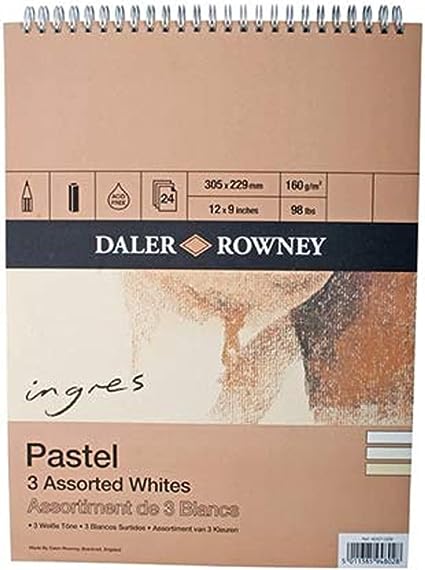
Ingres paper is known for its laid texture, which adds a subtle pattern to the final artwork.
This texture also provides grip for the pastel particles and allows for layering, resulting in richer and more vivid artwork.
Ingres paper comes in various colors, from white to dark, and it’s best suited for pastel works with lighter hues.
Pros and Cons of Ingres Paper
Pros
Cons
5. Velour Paper
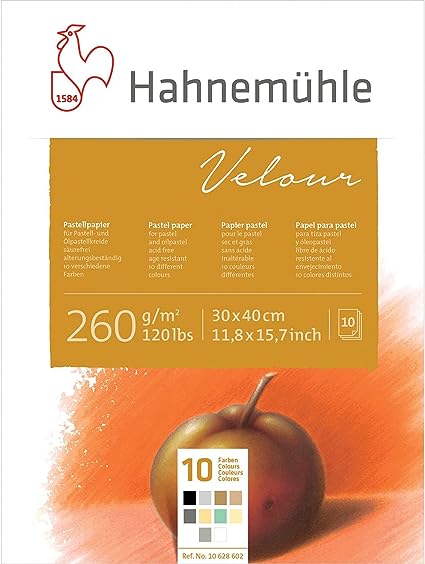
Velour paper has a soft, velvet-like surface that holds pastel particles well, making it a great choice for creating textured or furry subjects.
The surface allows for easy blending and layering of pastel colors, creating a smooth and vibrant artwork.
Velour paper is available in a range of colors, from white to dark, and it’s best used with lighter pastel colors for a softer and more delicate effect.
Pros and Cons of Velour Paper
Pros
Cons
When using Ingres or velour paper for your soft pastel artwork, consider the specific needs of your piece.
These unique papers offer distinct textures that can enhance your artwork, but they may not be suitable for every project.
Experiment with different surfaces to discover what works best for your style and creative vision.
Choosing the Best Paper for Your Soft Pastels
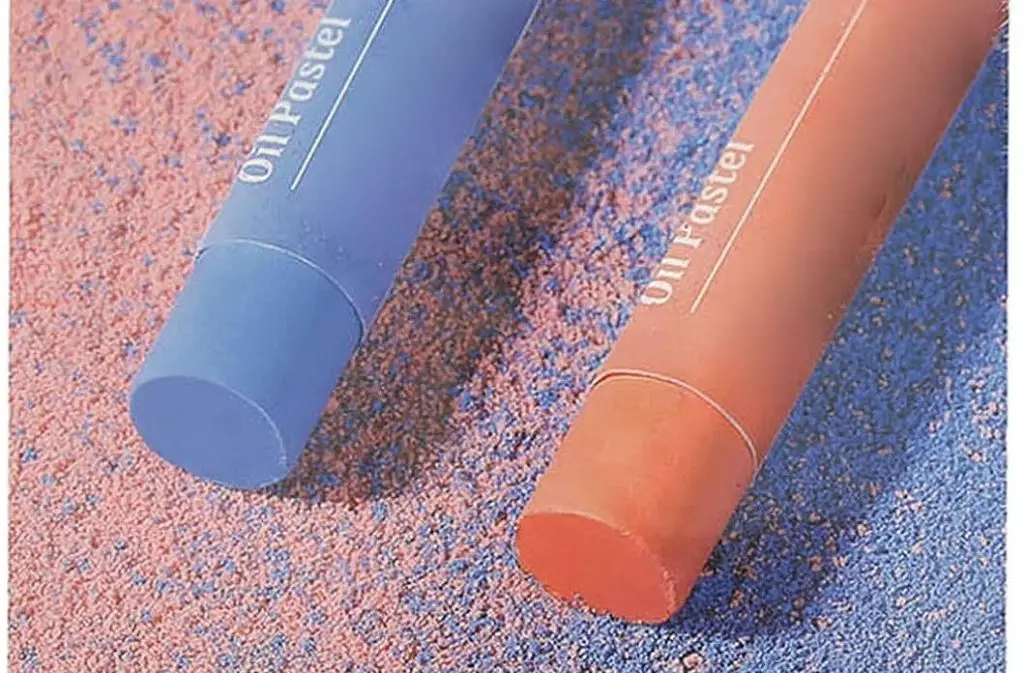
Congratulations! You’re now knowledgeable about the top choices for soft pastel paper. As you prepare to create your next piece of pastel art, remember the importance of selecting the right paper for your needs.
Remember that the paper’s surface greatly affects the final outcome of your pastel painting. Factors such as texture, weight, and tooth can impact how your artwork looks and how it holds up over time.
Consider the specific needs of your artwork when selecting the perfect paper. If you’re looking for a paper with multiple layers of pastel and excellent tooth, Art Spectrum Colourfix is a top choice.
Watercolor paper may be the way to go if you seek a more versatile option to handle wet and dry media.
Experiment with Different Paper Surfaces
Don’t be afraid to experiment with different paper surfaces to achieve unique and exciting results. Try selecting papers with different textures, such as sanded or velour paper, to add depth and interest to your artwork.
Remember that the type of pastel you use can also impact the paper you choose. You may find that watercolor paper works best if you prefer to use oil pastels or hard pastels.
Meanwhile, softer pastels work well with sanded paper or pastel board.
Ultimately, the best paper for soft pastels is the one that allows you to achieve your desired artistic vision and ensures your artwork reaches its full potential.
So, go ahead and try out different papers to find the perfect fit for your pastel painting.
Final Thoughts on Best Paper for Soft Pastels
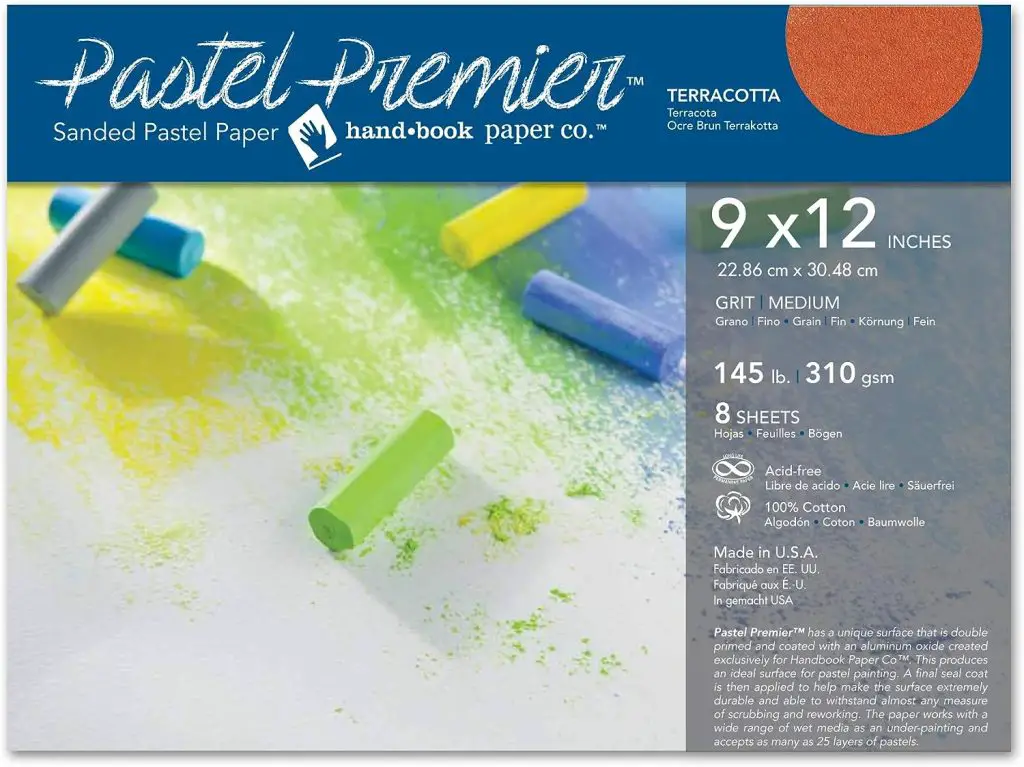
In conclusion, whether you’re a professional artist or a hobbyist, choosing the right paper for your soft pastels is crucial for creating stunning works of art.
With these top 5 choices, you can be sure your pastels will look their best, and your artwork will stand out. So grab your favorite set of soft pastels and let your creativity flow on the perfect paper!


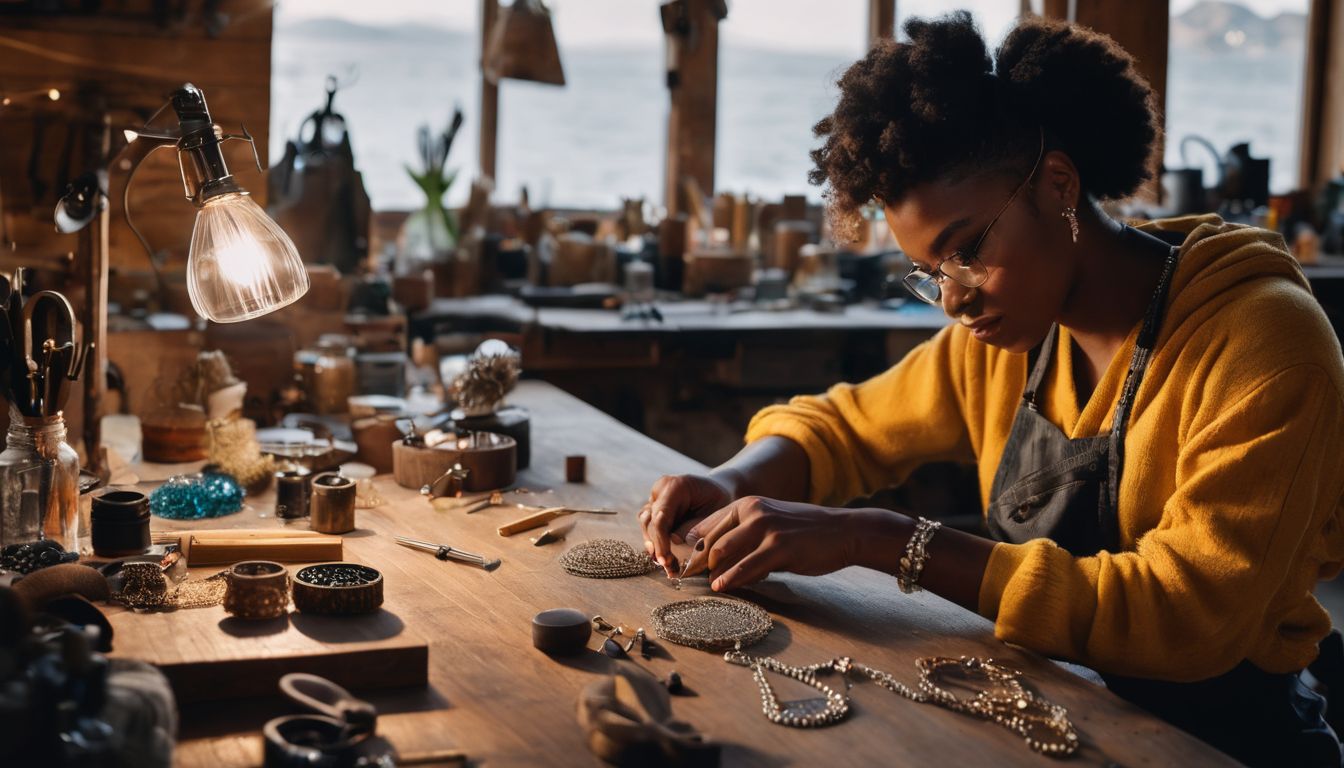

Leave a Reply